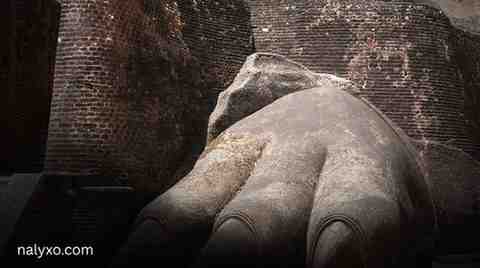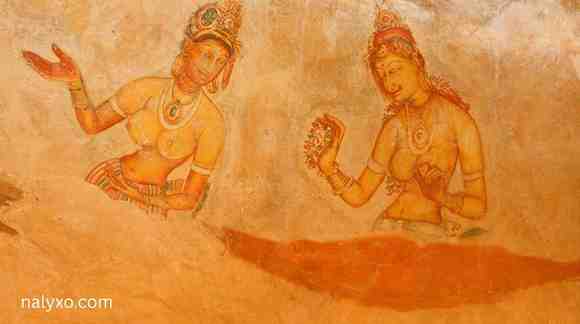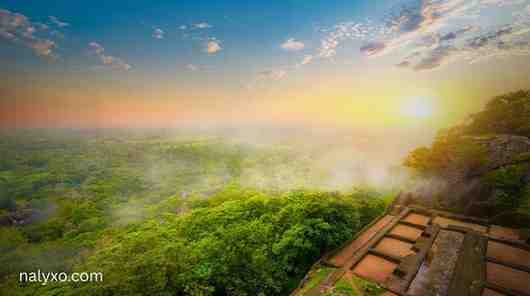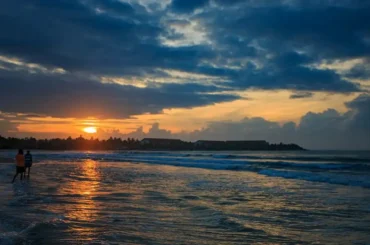If you’re planning a trip to Sri Lanka, there’s one destination that should always be on your Sri Lanka travel map – Sigiriya Rock Fortress, also known as the Lion Rock. This UNESCO World Heritage site is one of the most iconic landmarks in the country, a breathtaking combination of ancient history, natural beauty, and human ingenuity. Whether you’re a history lover, an adventure seeker, or a cultural traveler, Sigiriya offers an unforgettable experience.
In this comprehensive guide, we’ll explore everything you need to know about visiting Sigiriya, from its fascinating history and must-see highlights to practical travel tips and nearby attractions. Use this article as your personal Sri Lanka travel guide map to plan your journey smoothly.
Table of Contents
History of Sigiriya – The Legend of the Lion Rock
Sigiriya’s story dates back to the 5th century when King Kashyapa (477 – 495 AD) built his royal palace atop the massive 200-meter-high rock. Kashyapa, the son of King Dhatusena, seized the throne after a family conflict, forcing him to protect himself from potential invasions. He transformed Sigiriya into a fortress-palace complete with advanced water gardens, frescoes, and hidden passages.
The most iconic feature of Sigiriya is its grand Lion Gate, where massive lion paws guard the entrance to the summit. Though the lion’s upper body has eroded over centuries, the sheer scale still leaves visitors in awe.
After King Kashyapa’s fall, Sigiriya was converted into a Buddhist monastery, preserving its spiritual essence for centuries. Today, it stands as a testament to Sri Lanka’s rich cultural heritage and advanced engineering.https://en.m.wikipedia.org/wiki/Sigiriya
Highlights of Sigiriya – What to see
Visiting Sigiriya is more than just climbing a rock – it’s a journey through history, art, and nature. Here are the highlights yo

The Lion’s Gate – At the base of the summit climb, you’ll pass through two colossal lion paws carved into the rock. This is the most famous symbol of Sigiriya and gives the fortress its nickname, Lion Rock.

The Frescoes
Halfway up the rock, you’ll find well-preserved frescoes of maidens painted directly onto the rock surface. These artworks, known as the Sigiriya Damsels, are believed to depict celestial nymphs or royal women.
The Mirror Wall
A polished wall with ancient graffiti and poems left by visitors over a thousand years ago. The Mirror Wall reflects both the creativity and emotions of early travelers.

The Water Gardens – At the foot of Sigiriya lies a sophisticated network of landscaped gardens and ponds. These are among the oldest surviving gardens in South Asia, showcasing Sri Lanka’s advanced hydraulic engineering.
The Summit
After climbing over 1,200 steps, you’ll reach the summit, where King Kashyapa’s palace once stood. The view is breathtaking – endless jungle, villages, and the dramatic outline of Pidurangala Rock nearby.https://www.youtube.com/watch?v=oxD75AyRiFA
Best Time To Visit Sigiriya
Sigiriya can be visited year-round, but the best season is from December to April, when the weather is dry and clear. Morning visits are recommended to avoid the heat and large crowds. If you enjoy a more peaceful experience, try visiting right after sunrise or late afternoon.
How To Reach Sigiriya
Sigiriya is located in the Cultural Triangle of Sri Lanka, making it easy to include in your itinerary.
- From Colombo: About 170 km, a 3.5–4 hour drive.
- From Kandy: About 90 km, 2 hours by car.
- From Dambulla: Just 20 minutes away.
You can reach Sigiriya by car, bus, or private tour. For convenience, use a Sri Lanka travel guide map or check routes via travel Sri Lanka tourstro.com, which offers detailed itineraries.
Entrance Fees And Timing
- Foreign Visitors: Around $30 (check updated rates before travel).https://sigiriyafortress.com/sigiriya-opening-hours-sigiriya-ticket-prices/
- Sri Lankan Citizens: Local rates are much lower.
- Opening Hours: 7:00 AM – 5:30 PM (last entry usually around 4:30 PM).
Travel Tips For Visiting Sigiriya
Climbing Sigiriya can be a rewarding adventure, but preparation makes the experience better.
- Start early: Beat the heat and avoid crowds.
- Dress comfortably: Lightweight clothes, sturdy shoes, and a hat are recommended.
- Carry water: Hydration is essential, especially in the tropical climate.
- Photography: Bring a camera for sunrise or sunset shots.
- Combine with Pidurangala: For adventurous travelers, climbing Pidurangala Rock nearby offers the best panoramic view of Sigiriya itself.
Nearby Attractions
Sigiriya is perfectly located in Sri Lanka’s Cultural Triangle, so you can easily combine your visit with other historical and natural wonders.
- Pidurangala Rock – A slightly more challenging climb with an incredible view of Sigiriya.
- Dambulla Cave Temple – A UNESCO World Heritage site with stunning cave paintings and Buddha statues.
- Minneriya National Park – Famous for its elephant gatherings, especially during the dry season.
- Polonnaruwa – Ancient ruins of Sri Lanka’s medieval capital, about 90 minutes from Sigiriya.https://nalyxo.com/wp-admin/post.php?post=4216&action=edit
Final Thoughts
Why Sigiriya should be on your Sri Lanka travel map
Sigiriya is more than a rock fortress – it’s a blend of mythology, art, and nature that captures the spirit of Sri Lanka. From the grandeur of the Lion’s Gate to the panoramic summit views, every step of the climb tells a story of a bygone era.
Whether you’re traveling solo, with family, or as part of a cultural tour, Sigiriya will be one of the most memorable highlights of your journey. So, mark it on your Sri Lanka travel guide map, check routes with travel Sri Lanka tourstro.com, and prepare for an experience that combines adventure, culture, and history all in one.







